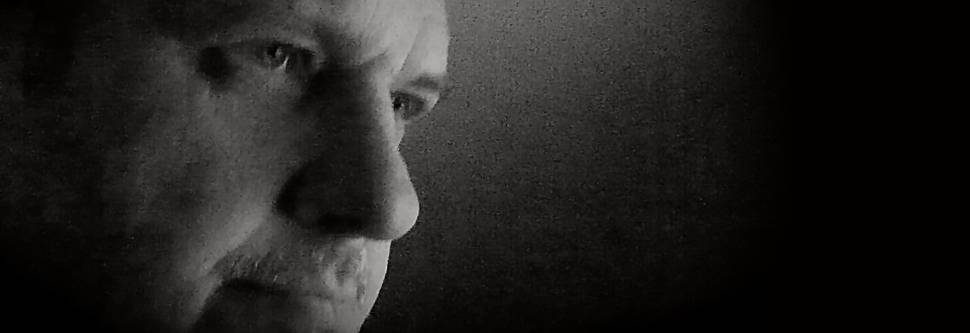
LIGHT, LENSES, AND FRANKENSTEIN
The Frankenstein Chronicles is a reimagining of the Mary Shelley’s Frankenstein directed by Benjamin Ross and starring Sean Bean. We interviewed cinematographer Ian Moss about his use of the VantageOne lenses on the project. The lenses have been used on many high profile features, including Thirteen Hours: The Secret Soldiers of Benghazi, shot by Dion Beebe, The Boy, lensed by Daniel Pearl, ASC, and the award winning My Skinny Sister, with Moritz Schultheiss. Ian’s discussion of the VantageOne lenses shows a superb sense of how glass and cinematographer push each other to create powerful and distinct images, and he was nominated for BAFTA Television Craft: Photography and Lighting: Fiction in 2016 for his work on The Frankenstein Chronicles.
He shot almost the entire six-part mini series fully open at T1.0, an incredible achievement. He wanted to create the feel and look of 19th century London, so he avoided the use of electrical light and almost exclusively used natural light, gaslights or candles. The production went through over 25,000 candles during filming, and echoes of Stanley Kubrick’s Barry Lyndon, gritty realism, and turn-of-the-century painting resonate throughout. The VantageOne T1 lenses were integral in creating the look and perfect for the low light situations. He had prime lenses from 17.5mm to 90mm for the project, and the VantageOne lens characteristics provided unique softness, beautiful focus fall off, precise aesthetic control, and texture.
Ian Moss feels these lenses are singular, fundamentally different than other lenses available today and give him another creative element in visual storytelling. He goes on to say that they never had a problem pulling focus or meeting the rigors and demands of their television shooting schedule.
When asked about the lenses, he said:
I have spent many years painting on canvas, using different materials. It is my belief that lenses are the photographic equivalent to the painter's brush... a well worn companion easy to manipulate, but ultimately achieving a recognizable feeling.
Using the VantageOne T1 lenses is like using a new brush; they are more demanding and guide you in different ways. You do not entirely dictate with these lenses. You enter into a symbiotic relationship with the “brush.” You need to select canvas differently. As a painter adapts to the idiosyncrasies of a new brush, so must the photographer with these lenses, creating the right emotion and direction for the story.
Fundamentally, the VantageOne T1 lenses are a creative/artistic tool that has an inherent softness with an amazing close focus and unique drop off enabling me to create an organic chemical feel within the image.
The VantageOne T1 lenses “push” around the light like oil paints on a canvas and need to be carefully controlled. The lens can achieve dramatically different looks, depending upon T-stop, and between T1 and T1.2, the slightest change will create a new feeling. This stunning level of control allows for true attention to detail.
These lenses give cinematographers something they never thought they could have by providing unparalleled control and artistic freedom and are intimately connected with visual storytelling.
While researching for this period piece, he felt the works of painter Yoshio Markino were the perfect reference point to create the atmospheric London necessary for the story. The distinctive technique of painting on a wet canvas used by Markino creates a blended coherency between the artist and the background. Ian’s use of smoke, the Arri Varicon Unit, and the VantageOne lenses (mostly at T1.0), allowed him to achieve a similar painterly quality to the image.
The synergies created between cinematographer and lens help create new looks, ideas, and ways of working. The VantageOne lenses challenge cinematographers’ perceptions of what is possible with glass when creating art.
When asked about his experiences working with Vantage:
I would like to thank Vantage for their unrivaled hospitality and commitment to the film industry. Their journey in search of excellence in the unique can be seen not only in the design and manufacture of world-class lenses, but in their out-of-the-box thinking. They consistently collaborate with filmmakers and nurture relationships with DoPs and entire camera departments. Their efforts in researching, developing and manufacturing equipment and accessories to enhance and improve the quality and efficiency of the film crew are truly noteworthy.